Postmodern Style
Postmodern style emphasizes morphological metaphors, symbols, cultural and historical decorativeism. There is often a non-conceptual intuition that fog is not fog. An eclectic stance that advocates the fusion of the old and the new and is inclusive, both exaggerated and implicit.
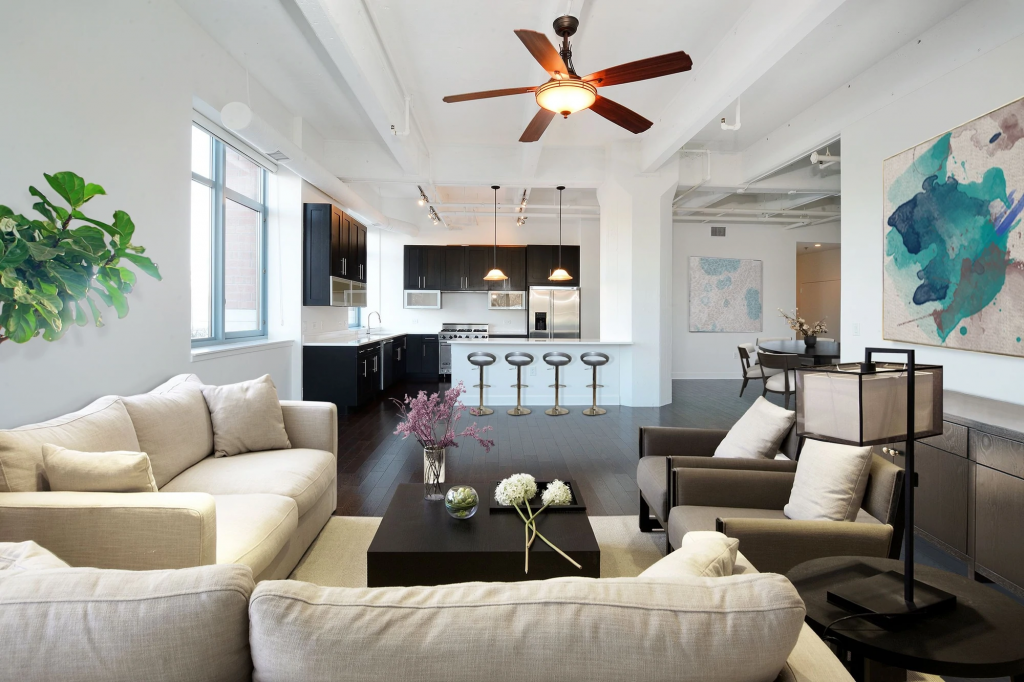
Modern Minimalist Style
Modern minimalist style design features: It is composed of curves and asymmetric lines, such as flower buds, vines and various beautiful shapes in nature, which are reflected in the decoration of walls, railings and furniture.
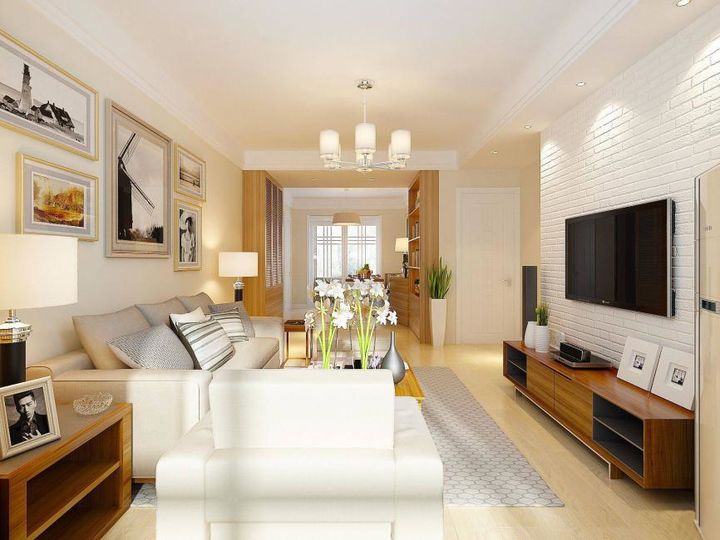
Some lines are soft and elegant, while others are vigorous and full of rhythm. The entire three-dimensional form is integrated with methodical, rhythmic curves. A large number of iron components are used, and new technologies such as glass and ceramic tiles, as well as iron products and ceramic products, are comprehensively used in the interior. It gives people a feeling of simplicity and atmosphere, so as to reflect simplicity but not simplicity.
Farmhouse Style
The farmhouse style focuses on the expression of nature. Different pastoral fields have different natures, each with its own characteristics and beauty.

British Pastoral: The British pastoral style is mainly characterized by gorgeous fabrics and pure hand-made production.
French pastoral: mainly lies in the whitewashing of furniture and bold color matching, with bright color design as the main color, the whitewashing of furniture can make the furniture present a classical beauty.
American pastoral is also known as American country style. The pastoral style respects and combines nature in aesthetics, and strives to express a leisurely and natural pastoral life in the indoor environment. It also often uses natural wood, stone, rattan, bamboo and other materials with simple textures.
European Classical Style
European style mainly refers to Western classical style. The typical classical European style emphasizes gorgeous decoration, strong colors and exquisite shapes to achieve a graceful and luxurious decorative effect. The top of the European living room likes to use a large light pool, and use a gorgeous chandelier to create the atmosphere. The upper part of the doors and windows is mostly made into an arc shape and bordered with patterned plaster lines.
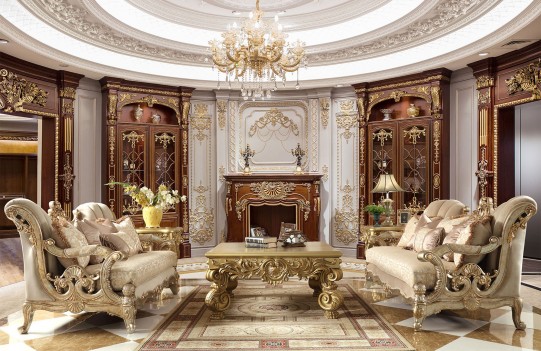
European style emphasizes strength, change and dynamism, and emphasizes synthesis (a building has a large number of carvings and ceiling paintings as decoration). Exaggerated, irrational, lack of balance and proportion, too much emphasis on decoration, decorated with columns for decoration.
Mediterranean Style
The Mediterranean style has a unique aesthetic. Generally choose natural soft colors, pay attention to space collocation in combination design, make full use of every inch of space, integrate decoration and application, avoid triviality in combination and collocation, appear generous and natural, and exude an ancient and noble pastoral atmosphere and culture grade.
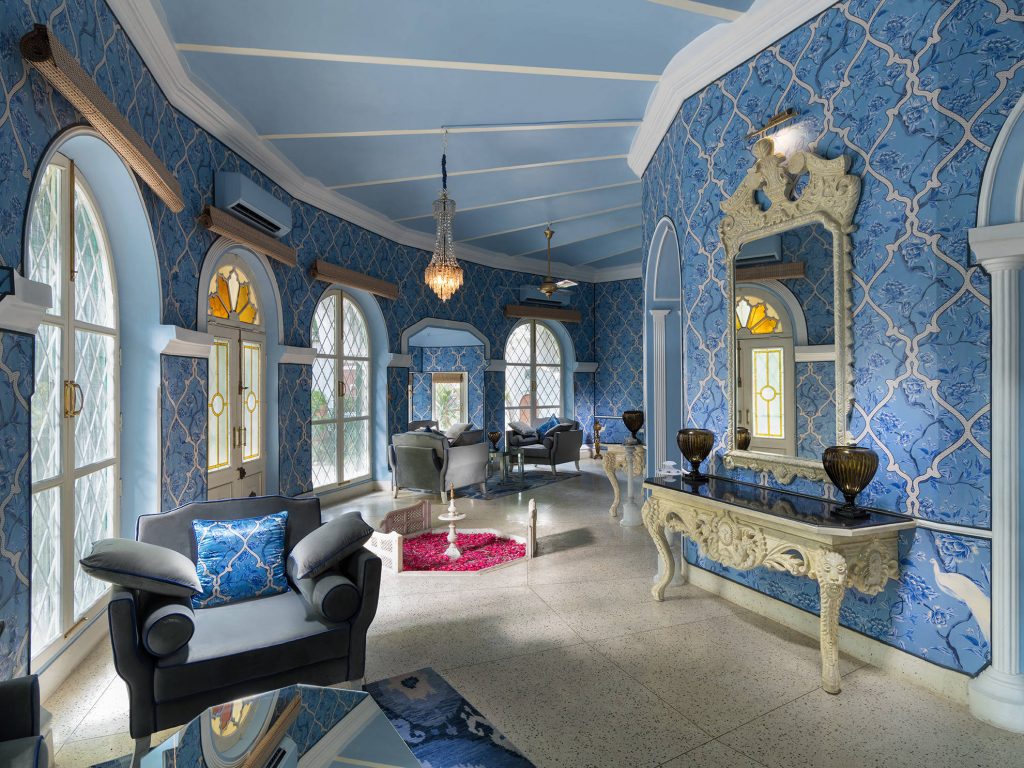
Mediterranean style features
(1) Arches and half-arches, horseshoe-shaped doors and windows, white walls, wooden furniture with low color brightness, simple lines and rounded edges. Circular arches and cloisters usually use several connections or vertical intersections, and when walking around and watching, there is a feeling of extension.
(3) The characteristics of the color of the Mediterranean Sea are: no need to be artificial, showing the true color.
(4) Aesthetic features: Uchida mostly adopts open free space.
(5) Unique decoration. Mosaic inlays and collages are among the more ornate decorations in the Mediterranean style. It mainly uses pebbles, tiles, shellfish, glass pieces, glass beads and other materials, and then makes creative combinations after cutting. Indoors, curtains, tablecloths, sofa covers, lampshades, etc. are all dominated by low-chroma tones and cotton fabrics. The simple and elegant plaid pattern of small flowers and stripes is the main style.
Japanese style
Japanese-style decoration enjoy the leisurely sake like sake.
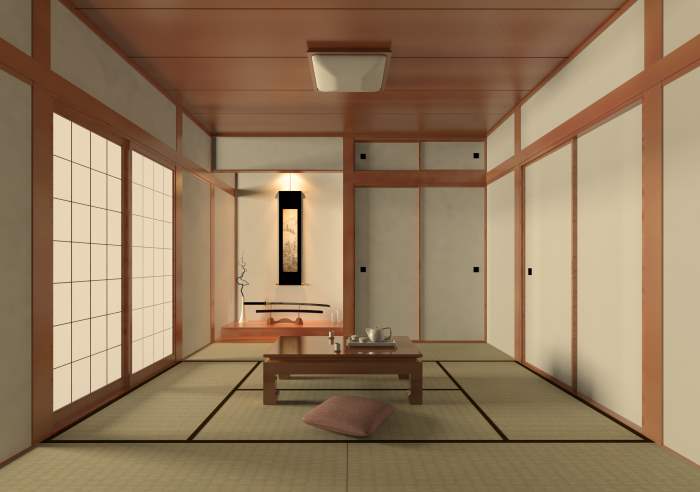
The Japanese style is a Japanese style inherited from the early days of Japan, which complements the unique wooden architecture of Japan. The shape of the space is very simple, the furniture is centered on the coffee table, and the wooden components are used on the wall to make the geometric shape of the square to echo the fine square wooden sliding doors and windows. The atmosphere of the space is simple, elegant and soft. Generally, there is not much cumbersome decoration, and more attention is paid to the actual function.


